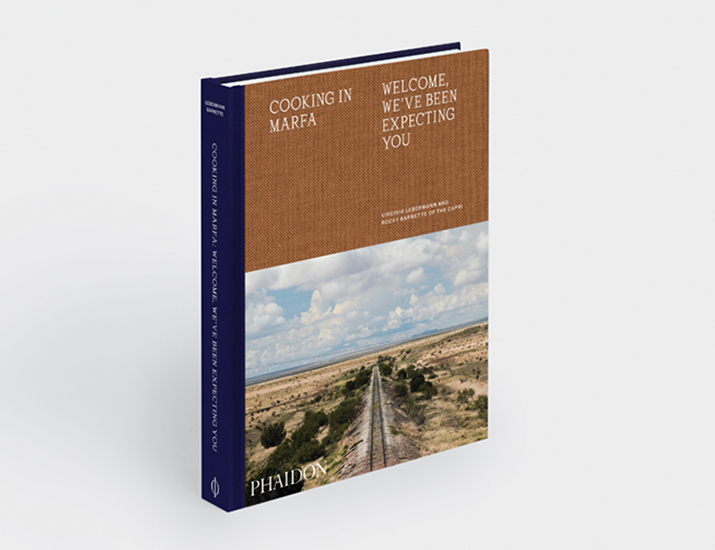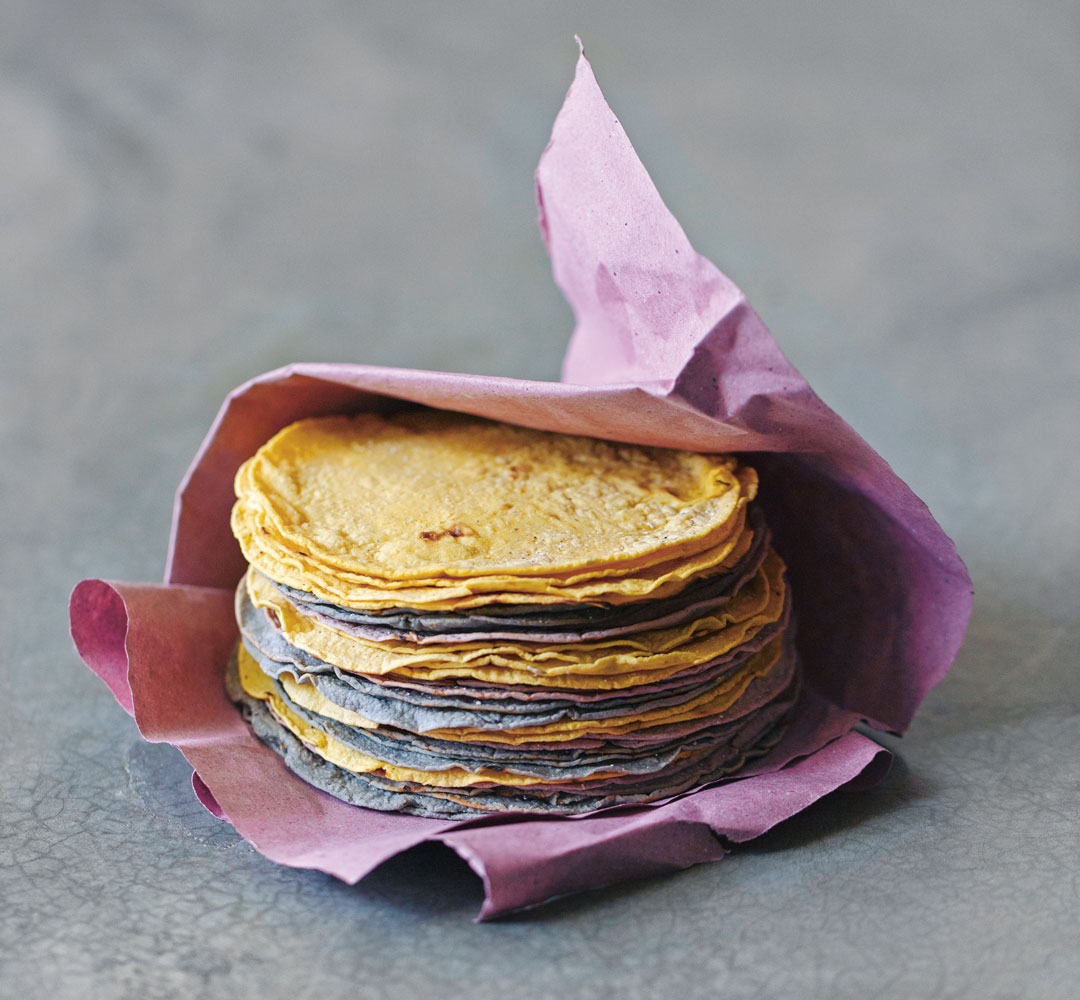
Phaidon’s Upskill Sessions - How to Make Authentic Tortillas
Self-isolation isn’t an end to self-improvement. Use this time to master those skills normal life got in the way of
For almost all of us, a tortilla is something we tend to eat, rather than make from scratch. Even the way the maize, or sweetcorn kernels are turned into the tortilla dough – or masa – remains something of a mystery for many amateur cooks outside of Latin America. Yet that needn't remain the case, if you've got a little time on your hands. Why not enlighten yourself, and improve your cookery skills?
The crucial stage is known as ‘nixtamalization’, explains the Mexican chef Enrique Olvera in his book Tu Casa Mi Casa: Mexican Recipes for the Home Cook. It’s a “process of cooking and then soaking corn kernels in an alkaline solution, either by adding cal (calcium hydroxide pickling lime) or wood ash to the cooking water,” Olvera explains. “This alkaline solution peels the outer skin, or pericarp, of the corn so that it can be easily removed.
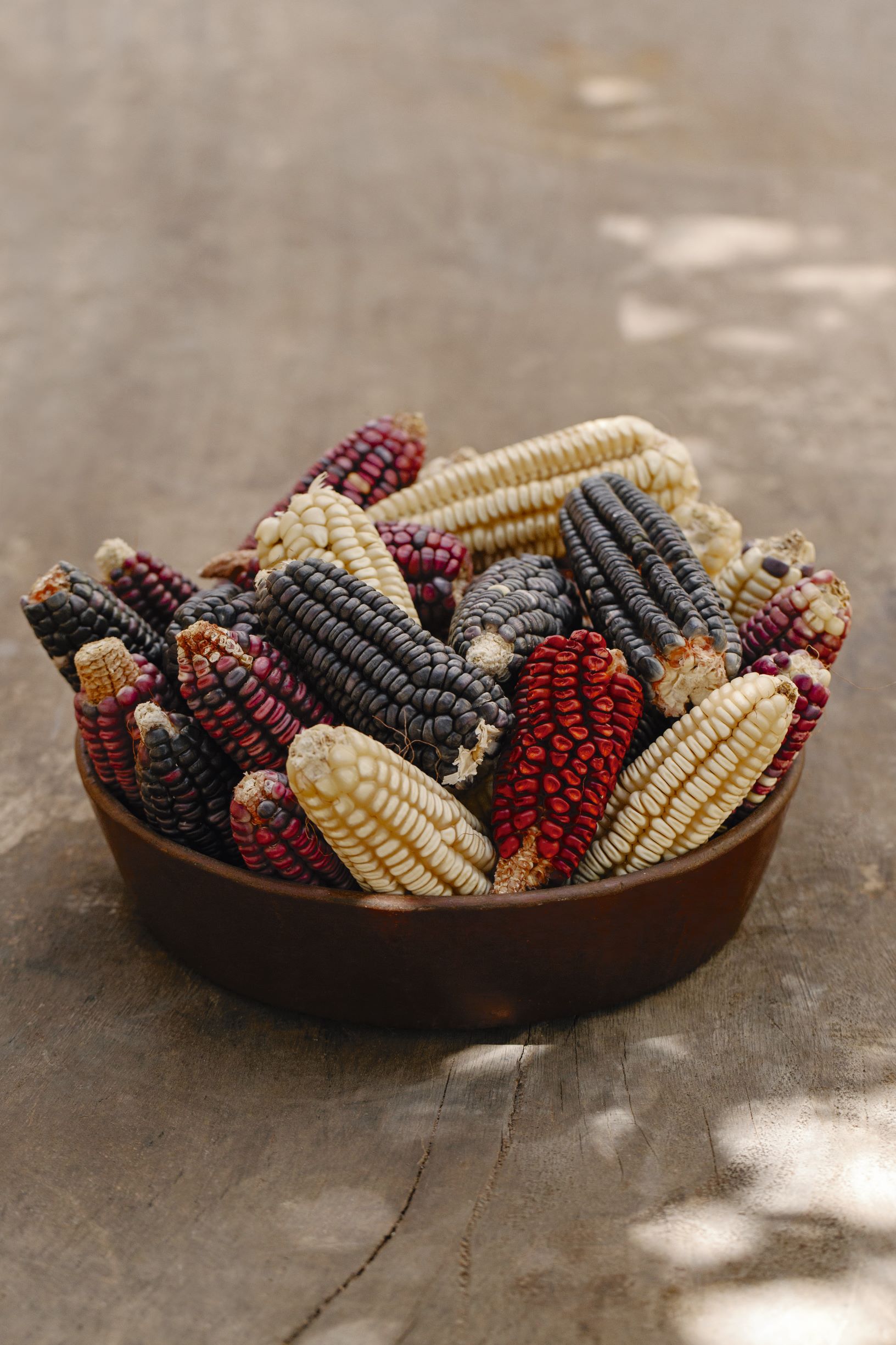
“The result is a corn that is much easier to work with, more malleable, and most crucially, with an easier access to nutrients. The grand Aztec and Mayan empires were based on a diet that relied on beans and nixtamalized corn, which when combined form a complete protein. I believe—and I am not alone—that nixtamalization was discovered by chance. I think it occurred because someone accidentally added ash to their cooking water and when they went to grind the corn the next day, the dough was much easier to work with and they continued doing it and shared the knowledge.”
Following on from those ancient pioneers, Olvera offers his practical insights in his new book. Here’s an edited expert. To make genuine masa you'll need the following: 1 lb (455 g) of dried corn, preferably heirloom; 4 quarts (3.8 litres) of water, plus more for milling; a teaspoon (4 g) cal (aka calcium hydroxide or pickling lime).
Place the corn in a large container and add enough tap water to cover. Drain and rinse the corn well. In a pot, bring the 4 quarts of water to a boil and whisk in the cal (lime), dissolving completely. Add the corn. If the water is properly alkalinized, the tip of the kernels will turn yellow. If they don’t turn yellow, add a bit more cal to the water, ¼ teaspoon (1 g) at a time. Cook over high heat, stirring regularly, until the kernels are al dente, 30–35 minutes. Remove from the heat, cover, and let rest overnight or for at least 7 hours. Do not refrigerate.
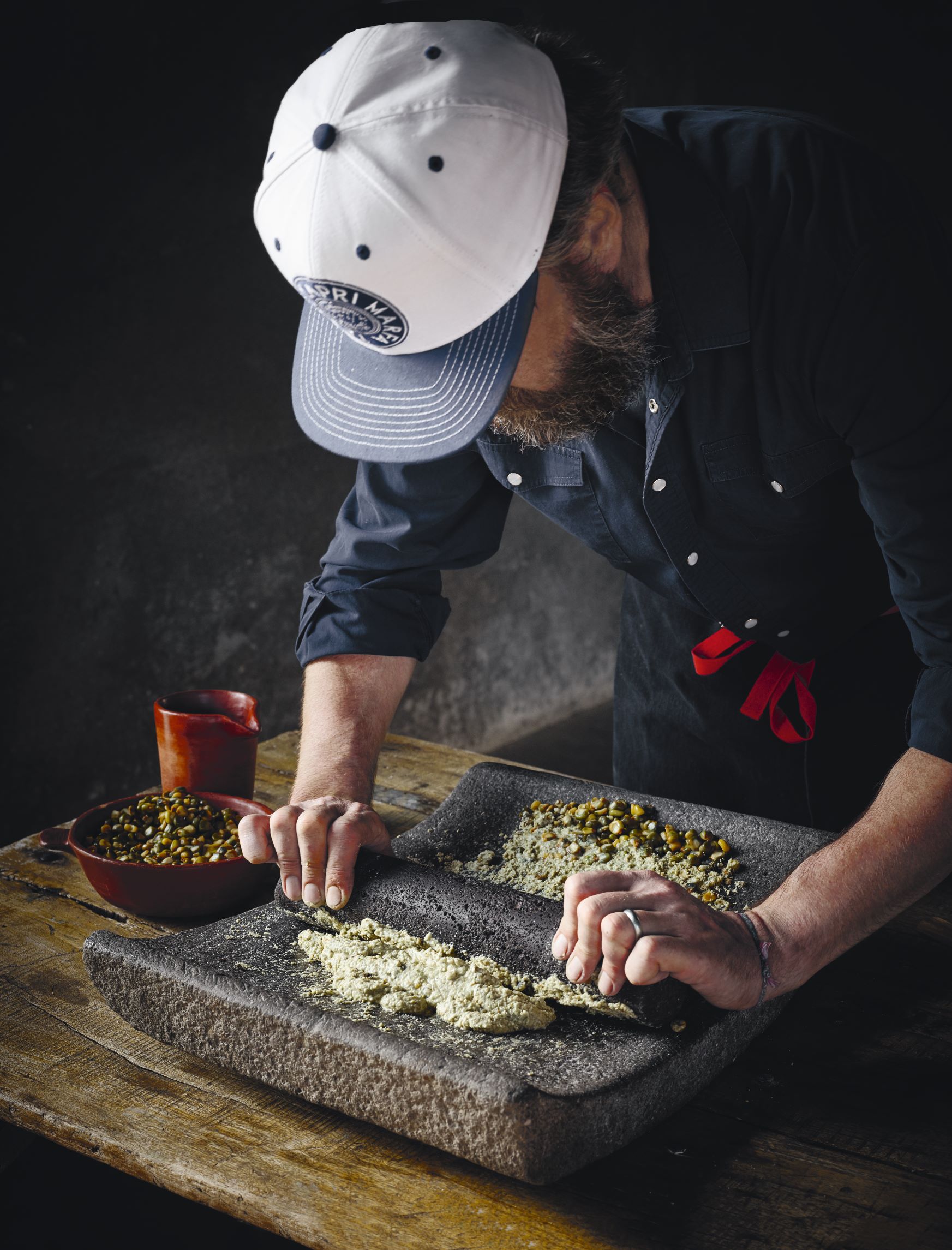
At this point, the outer skin will have begun to molt. Drain the mixture and rinse the corn in a colander, rubbing together to completely remove the outer skin. They should easily peel. Once the corn is shiny, it is ready to mill or grind.
Now you can make the masa. First mill the corn. Nixtamalized corn is traditionally ground in a metate, a flat volcanic rock over which food is pressed with a rod-shaped rock; for grinding corn at home, you can find small, hand-cranked mills online. A food processor can also be used to grind the corn into masa.
The masa should be the texture of Play-doh; as it is milled, add enough cold water to make sure the dough passes through without burning the corn. Before using, knead the masa with your hands and adjust the texture with water, it should be very malleable and tacky but not sticky.
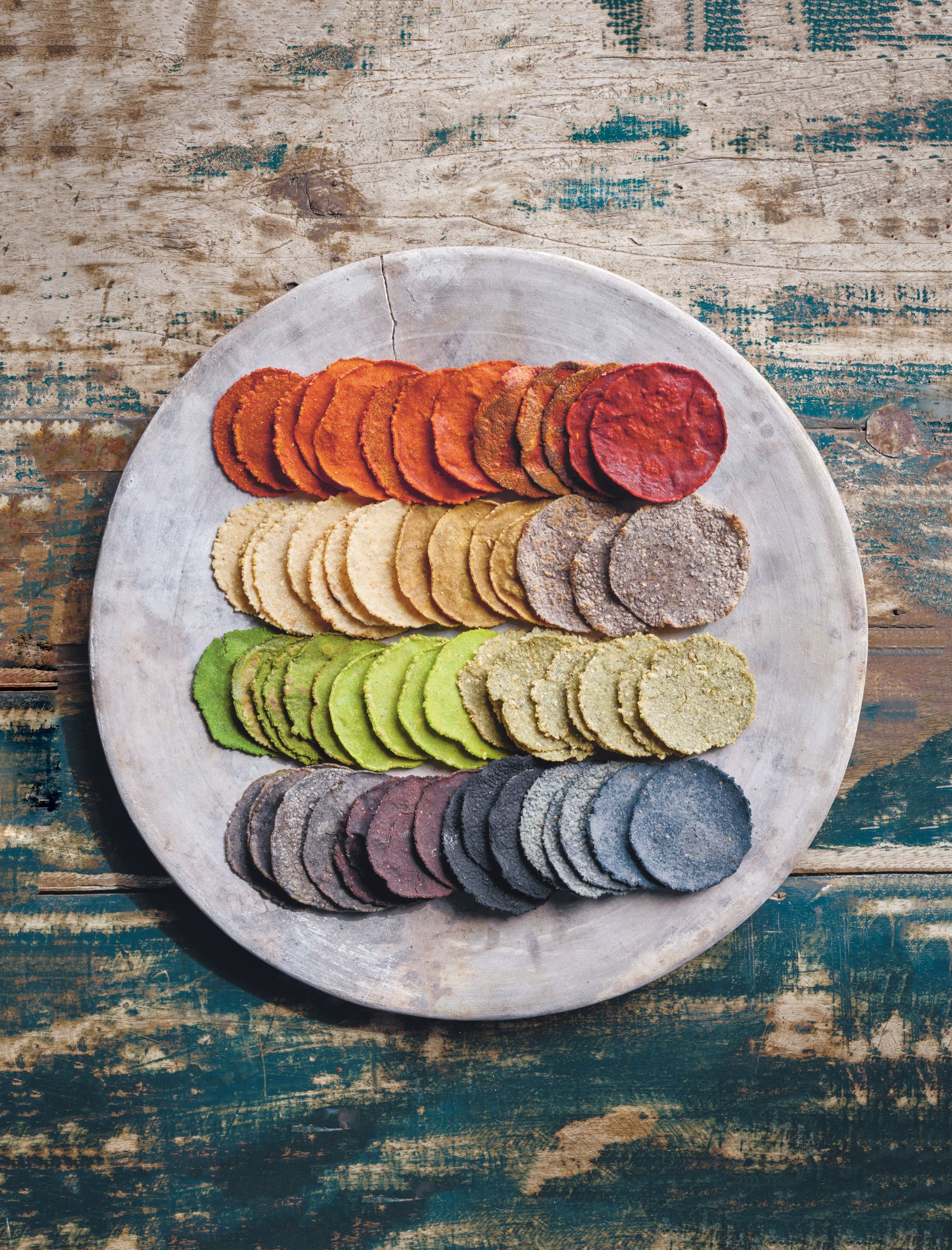
Got that? OK, you can now make your tortillas. For this you’ll need a tortilla press, a simple machine for squashing a ball of dough into a flat disc. You can also invest in a comal, or traditional cooking disc, though you can use a pan too.
Place one plastic square on the bottom side of the tortilla press. With your hands, take enough dough to shape into a walnut-size ball. Place the ball in the center of the plastic on the tortilla press. Place the other plastic square over the ball and close the press, adjusting pressure based on the desired thickness of the tortilla. If the masa sticks to the plastic, it’s too wet. If it cracks, it’s too dry. Adjust the masa if necessary. Wet masa can be refrigerated uncovered for at least 1 hour, to dry out. Dry masa can be hydrated with water.
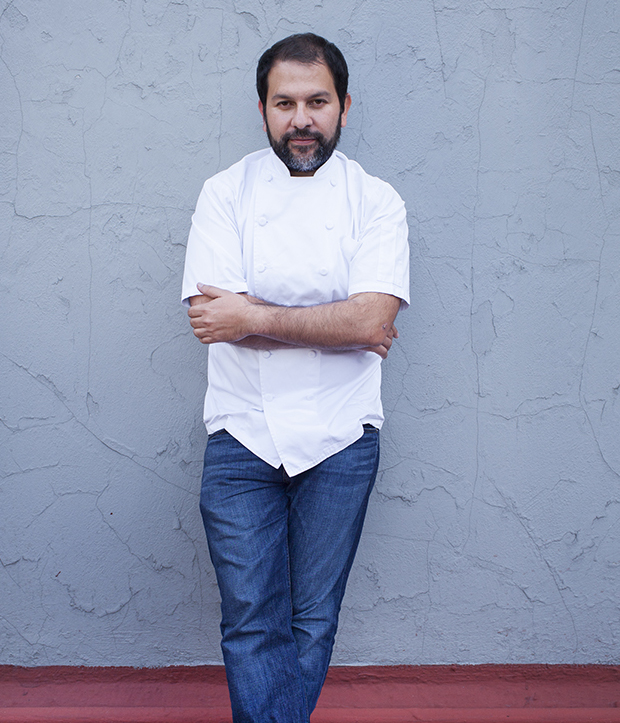
Peel off the top plastic. Pick up the tortilla using the bottom plastic, invert onto your free hand and peel off the plastic with the other. Half of the tortilla should be on your hand with the other half hanging over. With a swift sweeping motion, place the tortilla on a previously heated dry comal or heavy pan over medium-high heat. Cook until the edges dry up a bit and you can pick up the tortilla from its edges, about 15 seconds. Flip and cook for another 30 seconds or so. Flip again and place on the hottest part of your comal or pan. Cook until the tortilla starts to inflate, 30–45 more seconds. Flip one last time and cook until slightly browned on both sides, about 15 more seconds. Remove from the heat. Working in batches, cook the rest of the tortillas and wrap in a cloth napkin as they come off the comal or pan.
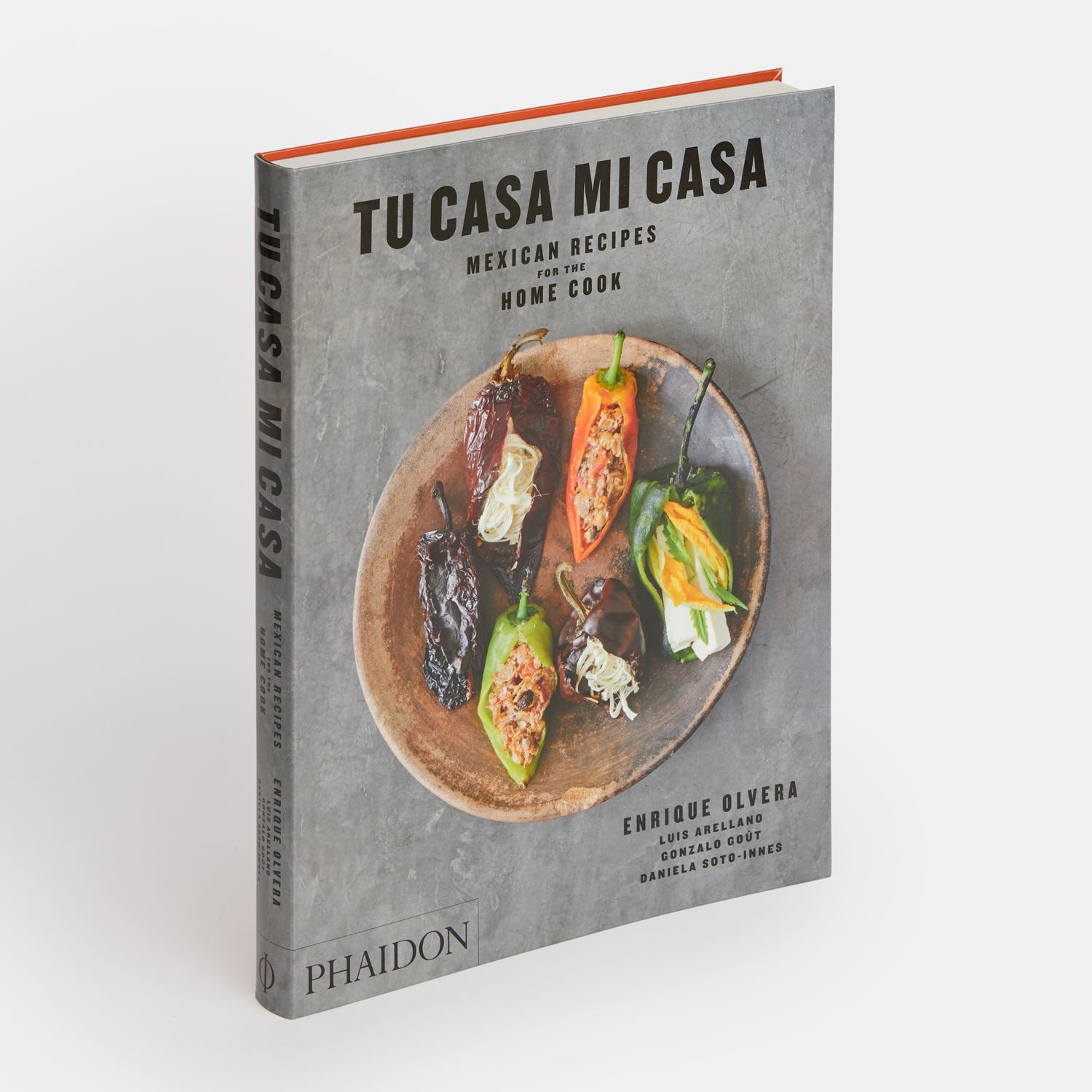
For much more on this, as well as how to make flour tortillas, and how to fill them with tasty, nutritious ingredients, order a copy of Tu Casa Mi Casa: Mexican Recipes for the Home Cook here. You can also read about how a hugely talented US chef, Rocky Barnette, worked these traditional techniques into his menus, in the new book, Cooking in Marfa: Welcome, We've Been Expecting You.
